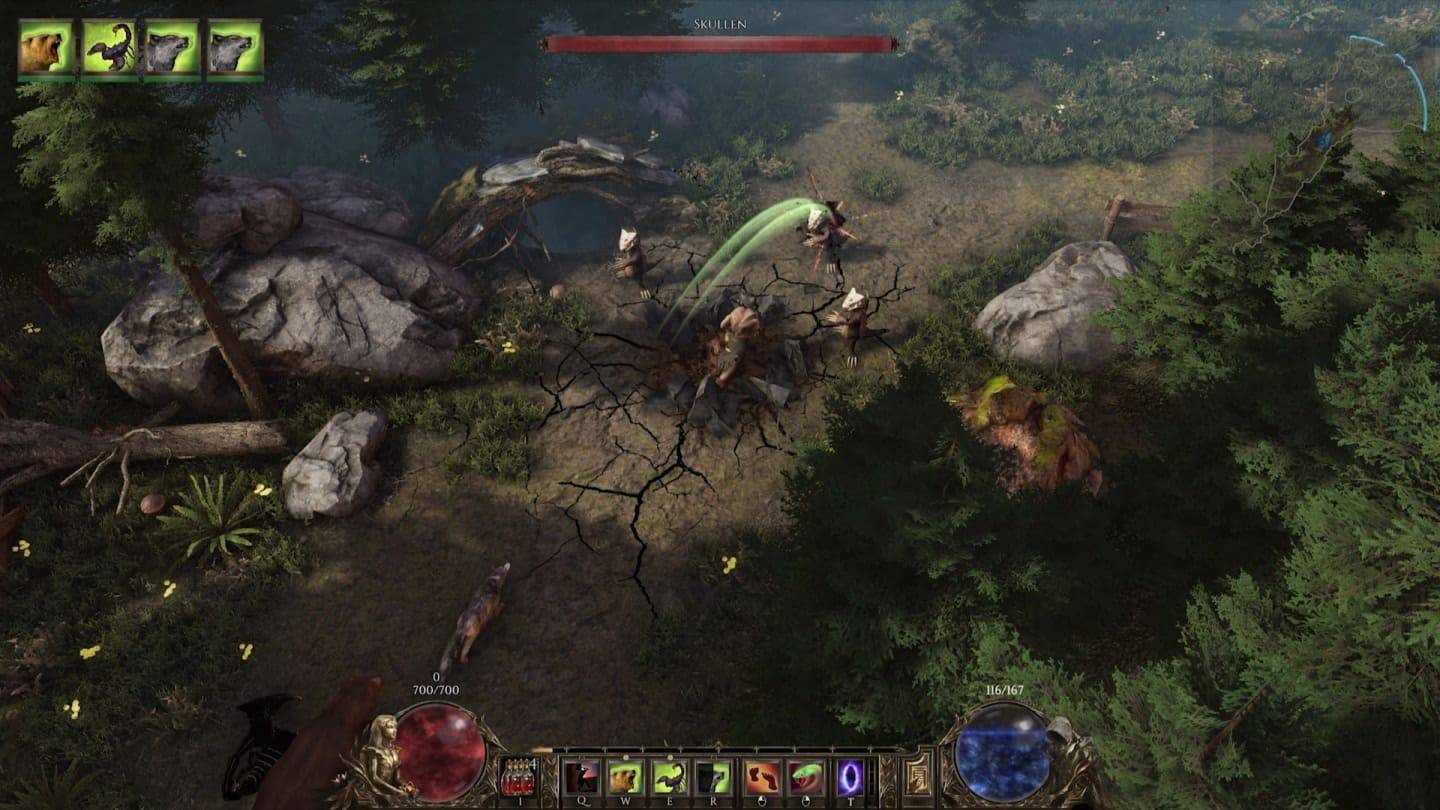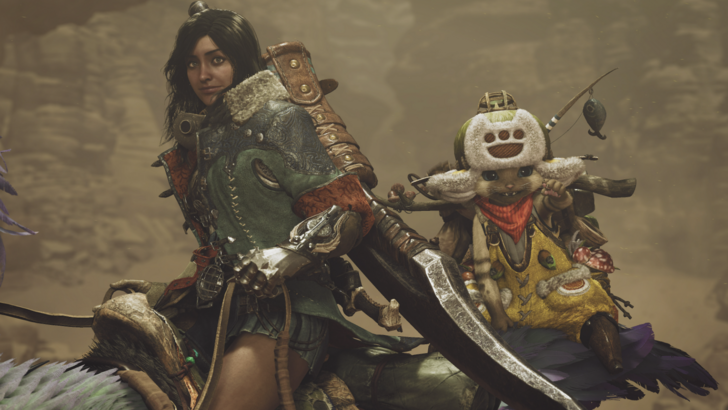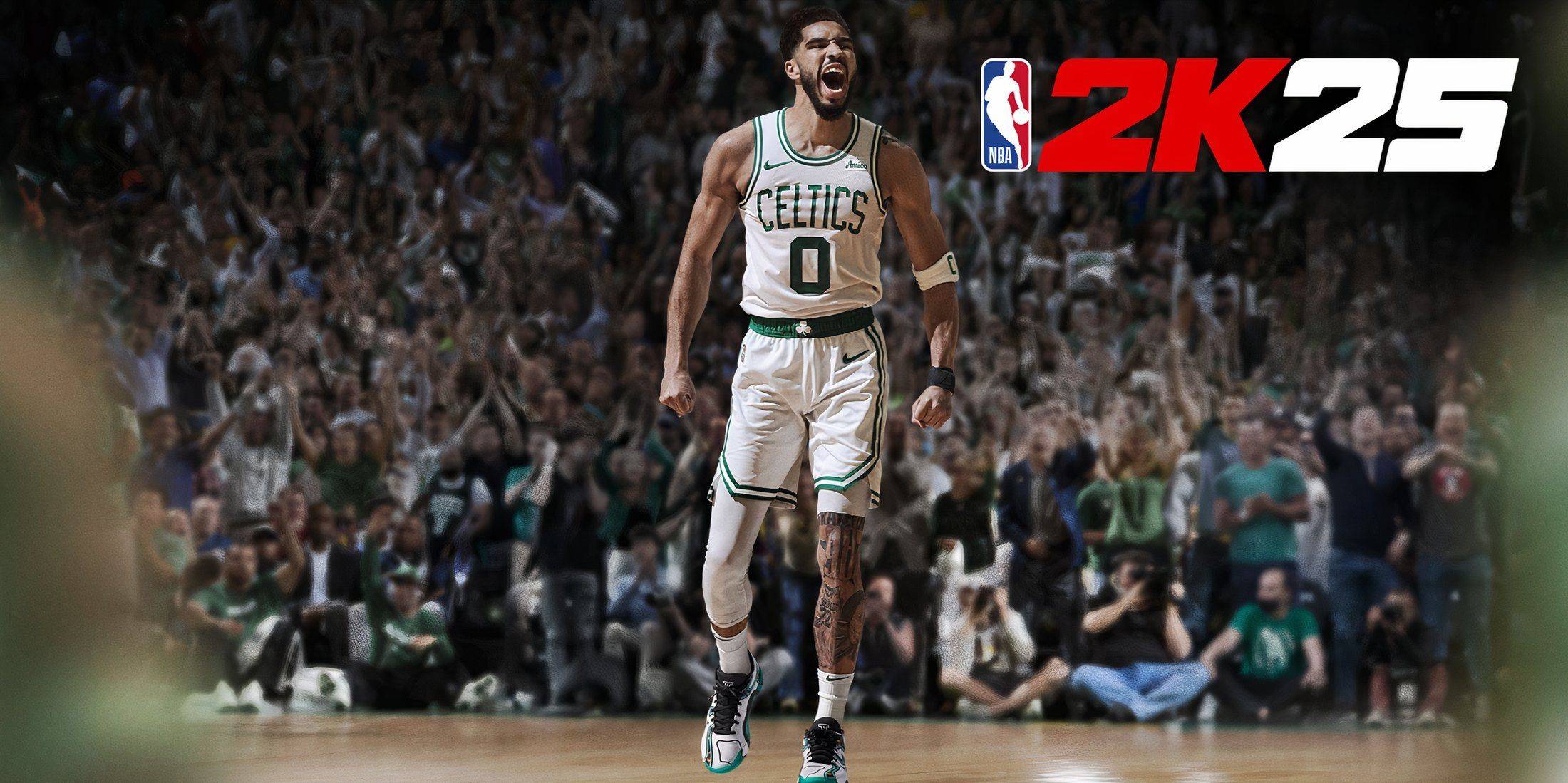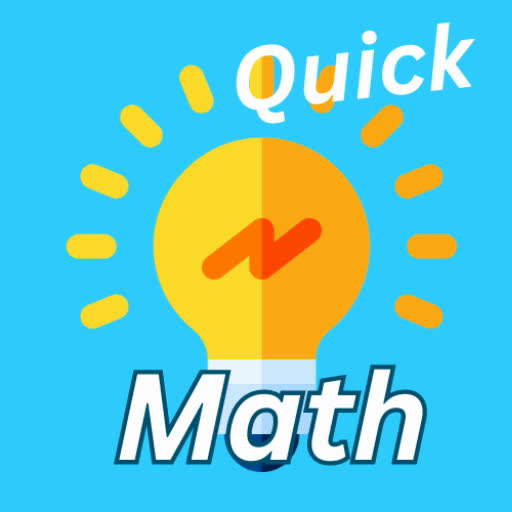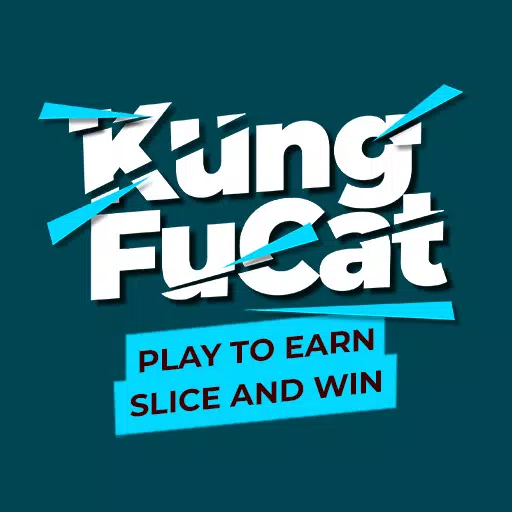Minecraft: From Humble Beginnings to Global Phenomenon
Minecraft's journey to becoming a globally recognized video game is a fascinating tale of ingenuity and organic growth. This article delves into the game's history, from its initial conception to its current status as a cultural icon.
Table of Contents
- Initial Concept and First Release
- Building a Community
- Official Launch and Worldwide Success
- Version History
Initial Concept and First Release
 Image: apkpure.cfd
Image: apkpure.cfd
Created by Markus Persson ("Notch") in Sweden, Minecraft drew inspiration from titles like Dwarf Fortress, Dungeon Keeper, and Infiniminer. Notch envisioned a game emphasizing freedom of building and exploration. The alpha version debuted on May 17, 2009, a lightweight pixelated sandbox developed during his time at King.com. Its innovative building mechanics immediately captivated players.
Building a Community
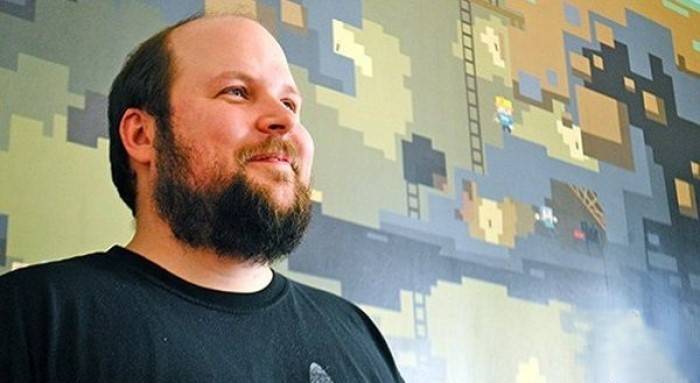 Image: miastogier.pl
Image: miastogier.pl
Word-of-mouth and online player discussions fueled Minecraft's rapid ascent. By 2010, the game transitioned to beta, prompting Notch to establish Mojang Studios to fully dedicate himself to its development. Minecraft's unique gameplay, offering limitless creative potential, resonated deeply with players who built homes, landmarks, and even entire cities within its virtual world. The addition of Redstone, a material enabling complex mechanisms, further enhanced its appeal.
Official Launch and Worldwide Success
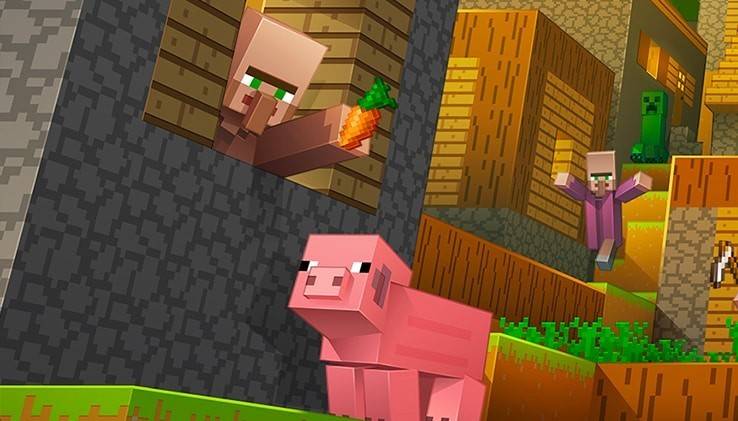 Image: minecraft.net
Image: minecraft.net
Version 1.0 launched on November 18, 2011, to a community already numbering millions. Minecraft's massive and active fanbase began creating modifications, custom maps, and even educational projects. Mojang's 2012 expansion onto consoles (Xbox 360 and PlayStation 3) broadened its reach, captivating children and teenagers with its blend of entertainment and educational possibilities.
Version History
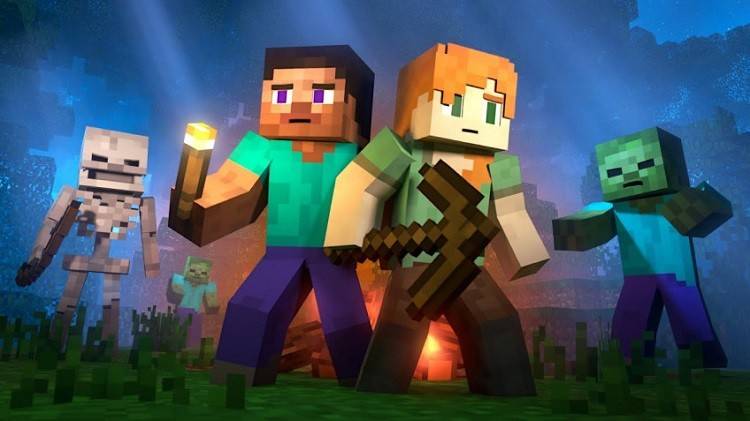 Image: aparat.com
Image: aparat.com
Below is a summary of key Minecraft versions following the official release:
| **Version Name** | **Description** |
| Minecraft Classic | The original free version. |
| Minecraft: Java Edition | Initially lacked cross-platform play; later integrated Bedrock Edition. |
| Minecraft: Bedrock Edition | Introduced cross-platform play across Bedrock versions. PC version includes Java Edition features. |
| Minecraft mobile | Cross-platform compatible with other Bedrock versions. |
| Minecraft for Chromebook | Chromebook-specific version. |
| Minecraft for Nintendo Switch | Includes the Super Mario Mash-up pack. |
| Minecraft for PlayStation | Cross-platform compatible with other Bedrock versions. |
| Minecraft for Xbox One | Partially Bedrock Edition; no longer receiving updates. |
| Minecraft for Xbox 360 | Support discontinued after the Aquatic Update. |
| Minecraft for PS4 | Partially Bedrock Edition; no longer receiving updates. |
| Minecraft for PS3 | Support discontinued. |
| Minecraft for PlayStation Vita | Support discontinued. |
| Minecraft for Wii U | Offered off-screen play. |
| Minecraft: New Nintendo 3DS Edition | Support discontinued. |
| Minecraft for China | China-exclusive version. |
| Minecraft Education | Educational version used in schools and learning environments. |
| Minecraft: PI Edition | Educational version for the Raspberry Pi platform. |
Conclusion
Minecraft's enduring success transcends its status as a mere game; it's a thriving ecosystem encompassing communities, online content, merchandise, and competitive events. Continuous updates introduce new biomes, characters, and features, ensuring its continued relevance and captivating millions worldwide.

 Latest Downloads
Latest Downloads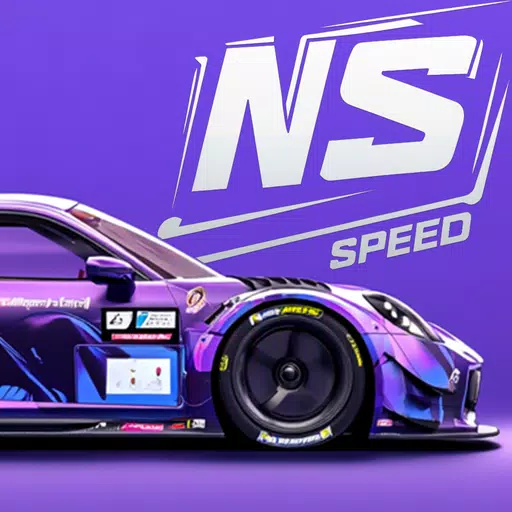
 Downlaod
Downlaod

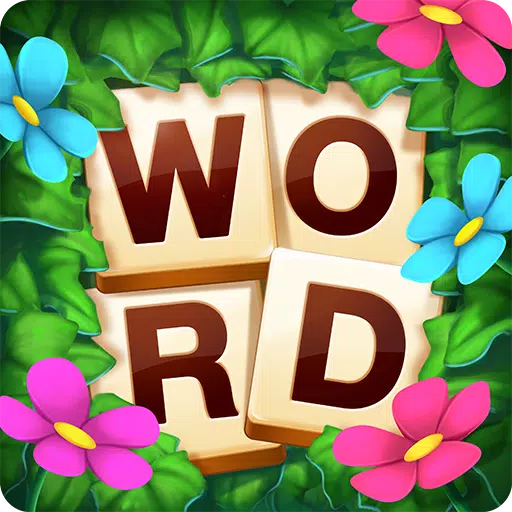


 Top News
Top News